When we hear the words ‘heart monitor,’ many of us picture the ECG machine at a doctor’s office. If you have had the pleasure of experiencing one of these machines, you likely had 8 stickers placed on your chest, arms, and legs so the machine could monitor your heart rhythm and print it out on a long sheet of paper. That set up will seem incredibly old-fashioned once touch-less heart monitoring is common place.
First cardiac monitoring went mobile
Cardiac monitoring means observing heart activity, especially heart rhythm. The purpose of monitoring the heart is to detect any irregular rhythms or damage to the heart muscle. A provider may prescribe cardiac monitoring after a patient reports symptoms, such as shortness of breath or chest pain.
For patients who are well enough to walk around, cardiac monitoring may be done using a portable device like a Holter monitor. I first learned about Holter monitors in nursing school. These portable machines record the electrical activity of the heart around the clock, and are connected to a person by a group of electrodes. Some patients are given sacks to carry them in over their shoulder or, for an even more fashionable look, they might have a belt clip like a Walkman.
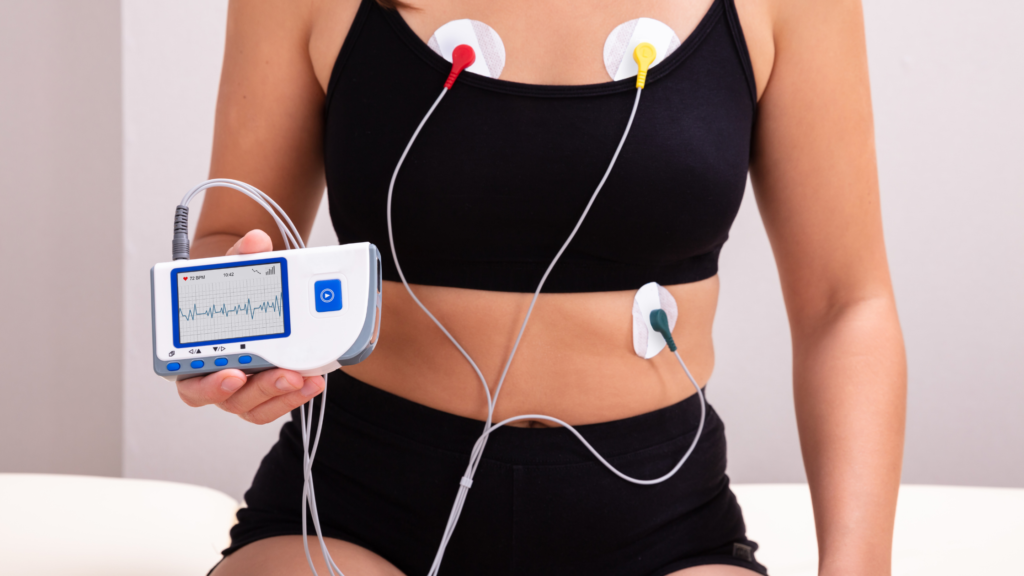
Even though these monitors are still very much in use in healthcare, newer innovations create a future where the same devices that play our party music can also monitor our hearts. And they do not have to be strapped to our chests.

Then cardiac monitoring went wearable
Newer wearable technology, like FitBit and Apple Watches, make it possible to monitor the heart using devices people normally wear. Both Apple Watch and Fitbit built ECG functionality into their newest models that allow users to check for atrial fibrillation – type of irregular heart rhythm. Both smart watches allow you to share the results with your provider.
There is research to show wearable cardiac monitoring is effective. A study done in China looked at whether wearable devices could reduce adverse health outcomes for people with atrial fibrillation. They enrolled 3,324 people with atrial fibrillation into a trial where half were given wearable devices that monitored their heart rhythm and allowed their doctors to contact them through an app. The study found significantly lower rates of stroke, death, and re-hospitalization among the people using the device.
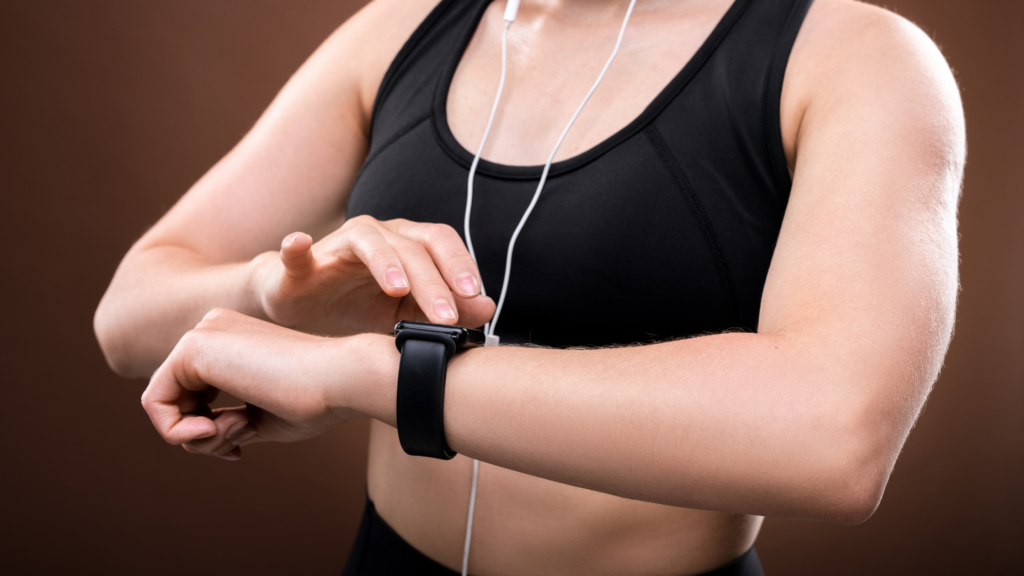
The benefit of having these functions in a smart watch is it is portable and inconspicuous. Especially for older adults, it takes away the stigma from the medic alert bracelets of prior generations. A person using a smart watch can have their heart monitored continuously while doing normal activities. Most cardiac symptoms occur away from the doctor’s office. Wearable devices could catch these as they occur.
However, that does mean you have to remember to wear the watch. If you take it off to shower, sleep, or wash the dishes, there could be moments that are not captured. Touch-less heart monitoring would not have that restriction.

Next cardiac monitoring goes touch-less
Touch-less heart monitoring is the next iteration enabled by technology. This means you will not need stickers on your chest, or even a watch around your wrist. You could be monitored wherever you are, doing whichever activity you choose.
Researchers at University of Washington have been developing different touch-less heart monitoring tools using smart speakers, like Amazon’s Alexa and Google Echo. One use they developed is to check for irregular heart rhythms without physical contact with a person. This is different from only detecting heart rate, or beats per minute. Instead the tool detects a heart rhythm, which could be regular or irregular.
To do this, the smart speaker sends inaudible sounds into the room. Based on how sounds reflect back to speaker, it can identify individual heartbeats. It does this by picking up the vibrations on the skin when the heart moves. The researchers added machine learning to detect regular and irregular heart rhythms, and taught it to filter out breathing sounds. They gave it multiple speakers so the tool can single out a specific person’s heartbeat even when there are other sounds in the room.
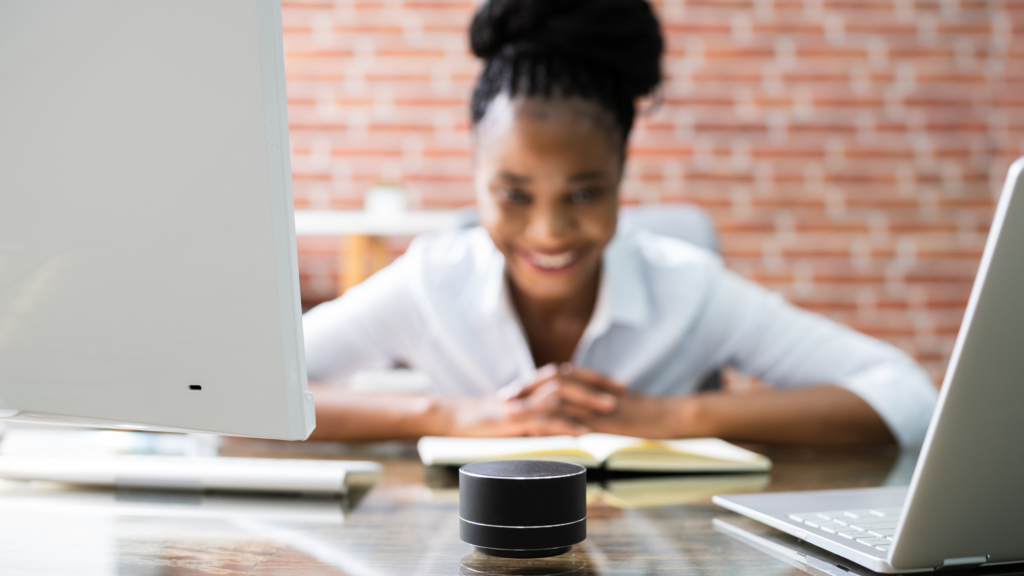
The researchers tested the tool on healthy people as well as hospitalized cardiac patients. They found their tool was very close to what the hospital heart monitors picked up. The hope is some day it will replace those monitors.

Monitoring for cardiac arrest
Taking heart monitoring a step further, the University of Washington researchers also used smart speakers to monitor people for cardiac arrest.
Cardiac arrest is when the heart stops beating, and people become unresponsive. During that time they can stop breathing or gasp for breath due to low oxygen levels. According to 911 data, gasping for breath happens in half of people who have cardiac arrest. This gasping for breath called agonal breathing.
CPR can significantly increase chances of surviving cardiac arrest if caught soon enough. Unfortunately, most cardiac arrests happen in a person’s home and not in a healthcare setting.
The researchers developed the ability for the smart speakers to detect agonal breathing and call for help. Using breath sounds captured in 911 calls, they trained the tool at different distances to simulate someone being in different parts of a room. They also added interfering sounds like pets, cars, and air conditioning, as well as normal sleeping sounds like snoring and sleep apnea.
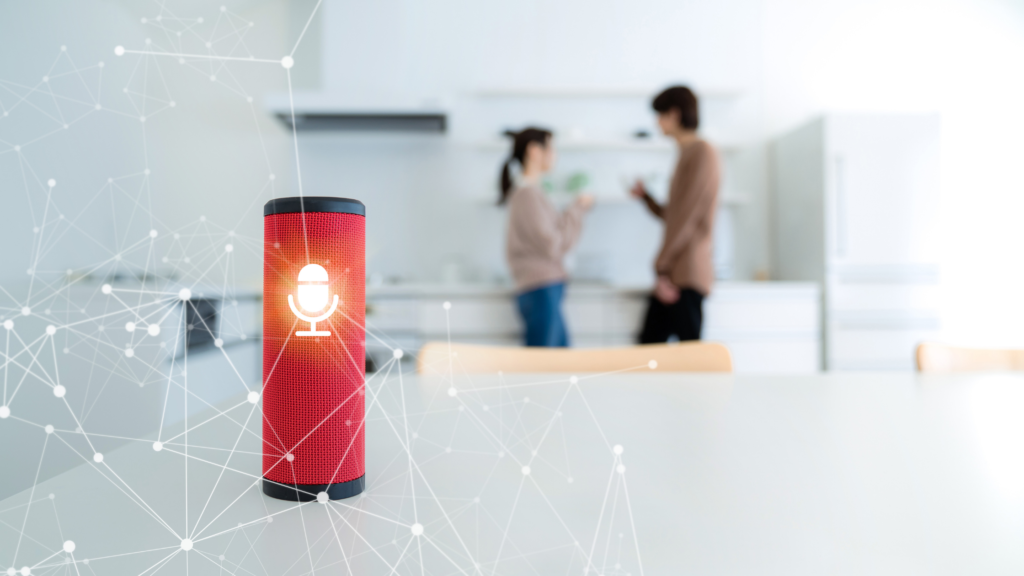
The tool was found to be accurate 97% of the time from up to 20 feet away. The hope is this sort of tool could alert people nearby that someone needs CPR, or call for help if no one is around.

Key Takeaways:
Monitoring a person’s heart while they perform normal activities is the best way to capture function. Cardiac monitoring has been mobile for a while, but wearable devices moved it away from bulky monitors and towards items we already have in our homes. In the near future, the devices we use to play our party songs and look up recipes will also know how to save our lives.

Found this topic interesting? You may have the makings for a great Informatics Nurse! Check out From Bedside Nurse to Informatics Nurse: A How-To Guide in our online store, or by clicking here!


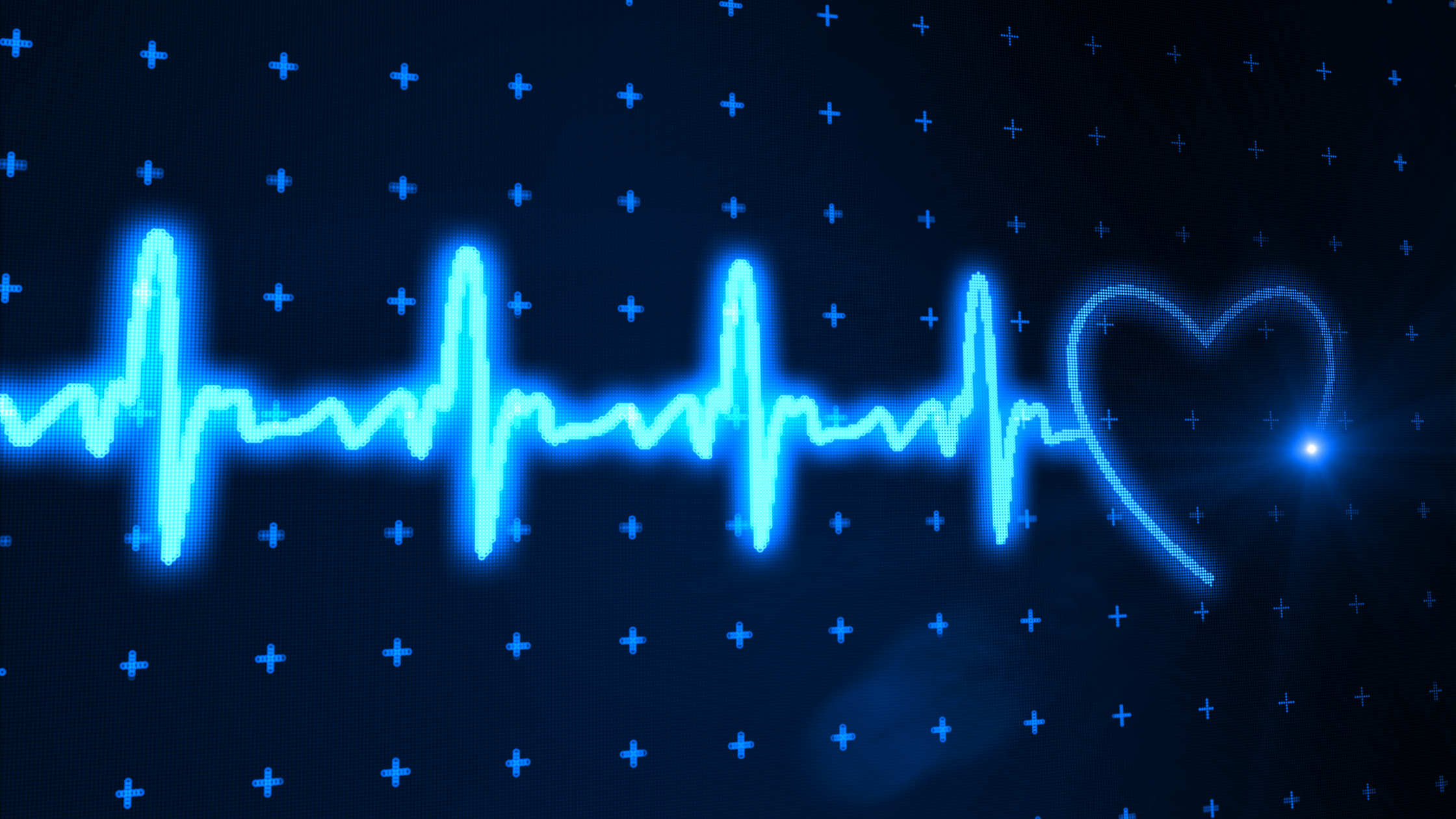
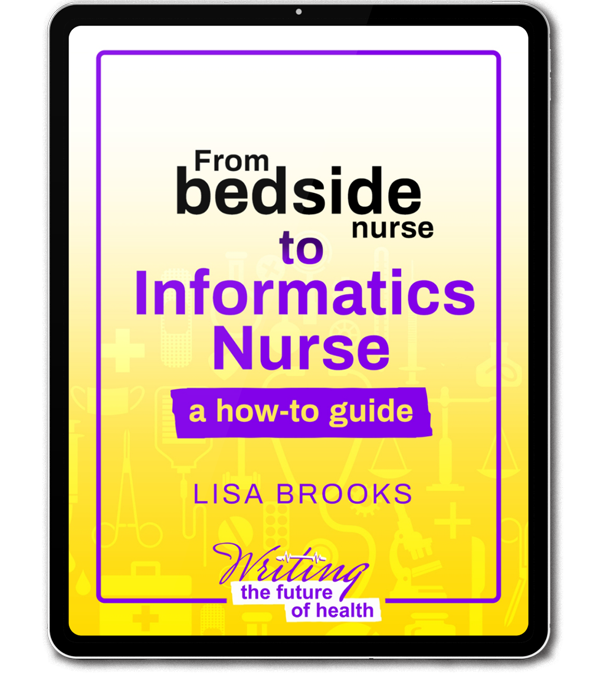
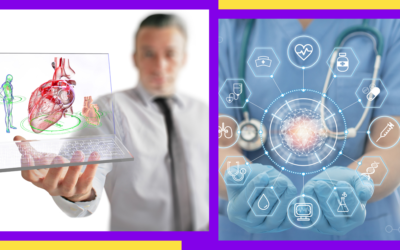


0 Comments